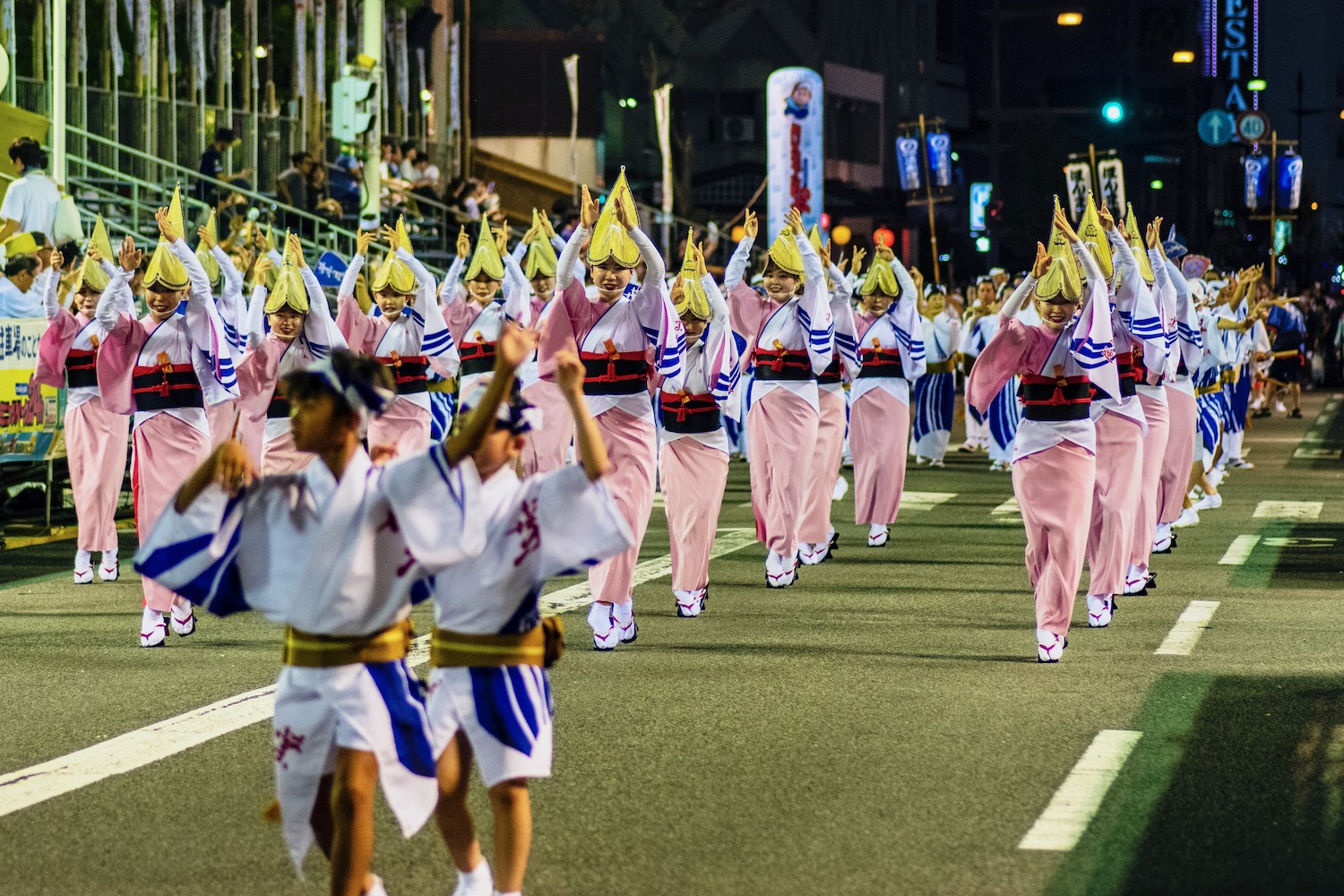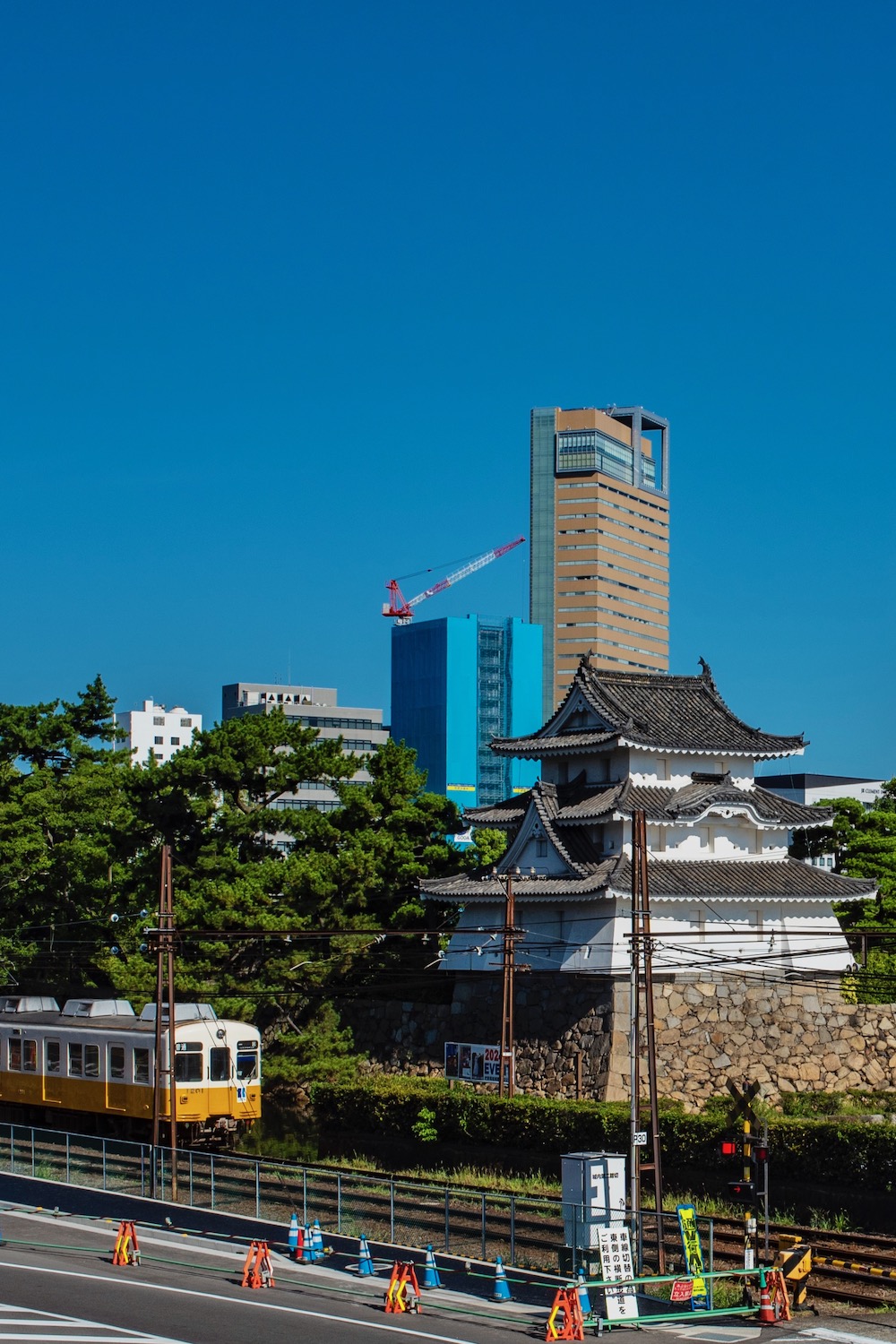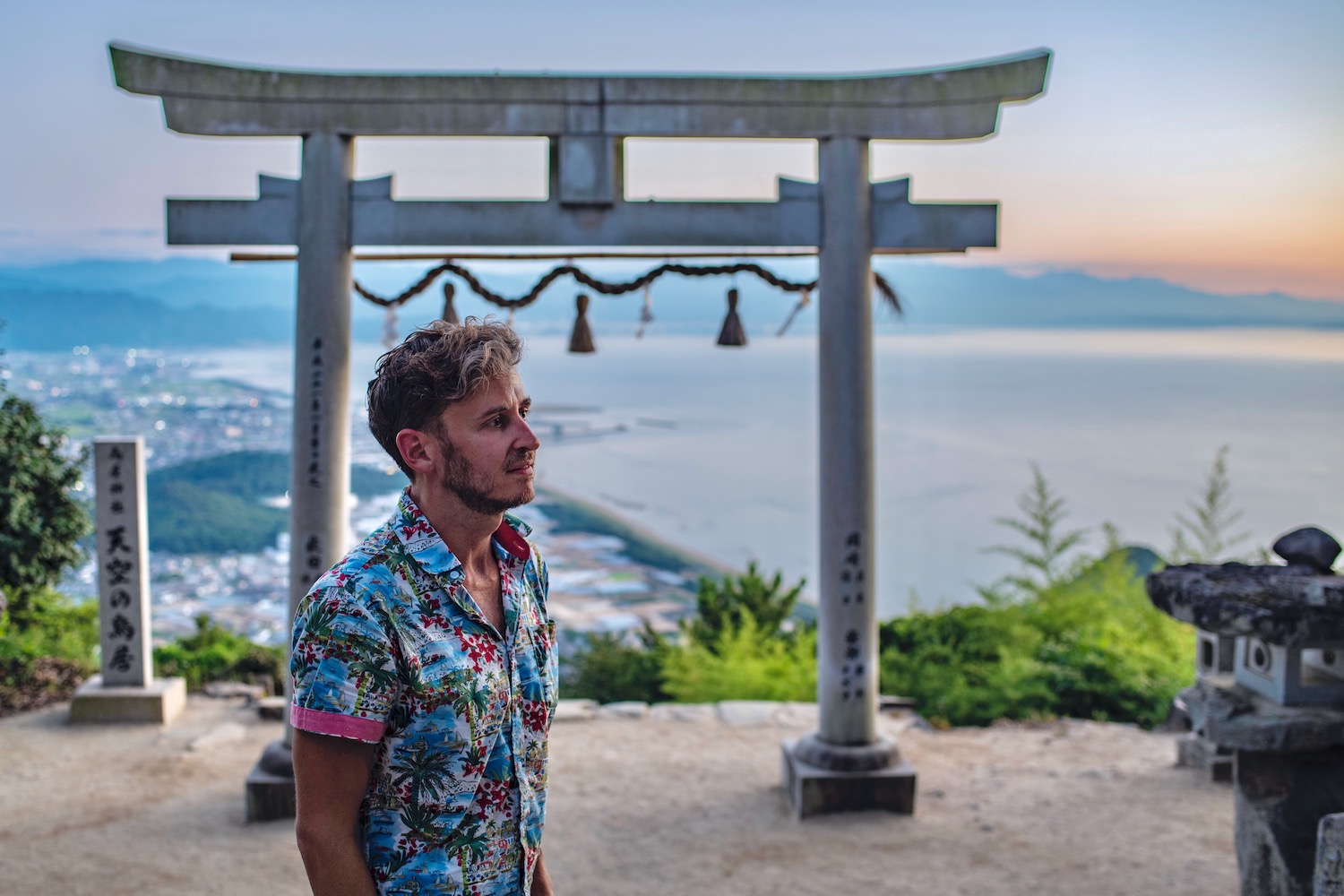Most travelers don’t have tiny Shikoku island on their radars. But I can tell you from experience that once you discover it, it’s hard to forget.
Since my first trip there almost a decade ago, I’ve tried to return to Shikoku as often as possible, at least once every other year—every year if I can. And while I love everywhere I’ve been on the island, for different reasons, the city’s in its north and east have become the most resonant with me.
The good news? If you play your cards right, you won’t have to choose Tokushima or Takamatsu—you’ll have time to visit both. The better news? If you absolutely must decide, I can help you make the right pick.
Why I Love Both Tokushima and Takamatsu
I’ll be frank: Takamatsu and Tokushima are not two cities whose names the majority of first-time travelers (or even fifth-time travelers) to Japan would recognize. For my part, I’d never heard of either until my first trip to Shikoku, past which point I couldn’t forget them. Tokushima was special to me because it was where I landed on the island, and was therefore my formative experience there.
Takamatsu, on the other hand, was more of a substantive sort of affection. After being blown away (quite literally—it was blustery!) on a rainy stroll through the superlative Ritusrin Koen garden, day trips to both Kotohira-gu shrine and Marugame Castle left me with the impression that Takamatsu was one of Japan’s best-kept secrets. A subsequent sakura trip reinforced this.





Ways to Compare Tokushima with Takamatsu
Attractions
Within the city center, Takamatsu probably has more things to see than Tokushima. You’ve got Ritsurin Koen, most importantly, but also the Takamatsu Castle Ruins (which aren’t really “ruined”), not to mention the Takamatsu Symbol Tower. By contrast, there isn’t a lot to do in central Tokushima, apart from riding the Bizan Ropeway to the top of the mountain of the same name, and visiting the very-ruined Tokushima Castle Ruins.
Cityscape
When comparing Takamatsu or Tokushima, this one is a little harder to say. On one hand, Takamatsu probably has the more impressive and eclectic skyline, and sits closest to the nearby Seto Inland Sea. On the other hand, Takamatsu doesn’t have any viewpoint that offers quite as impressive a perspective as Tokushima’s Bizan, so it’s harder to appreciate the city in context.
Cuisine
Takamatsu (and all of surrounding Kawaga prefecture) is famous for its udon, which is reliable and easy to eat, although not the most exciting cuisine. Tokushima, meanwhile, is known both for its own style of ramen and for sanchiku, or three kinds of grilled meat. If I’m honest, none of these foods are among my “must-eats” whenever I come to Japan, so for me this category is a wash.
Day trips
Both cities have excellent day trips. From Takamatsu, you can go by train to Marugame Castle or Kotohira-gu shrine (on the same day if you want); you need a rental car to visit the Takaya-jinja “sky gate,” while Megijima island is accessible by boat. Speaking of boats, you can ride one through the Naruto Whirlpools near Tokushima, whose other main day trip is to the indigo dyeing (aizome) town of Kofukucho.
Events
As you’ll know if you’ve explored the Shikoku section of this blog much, Tokushima is where the Awa Odori Festival (one of Japan’s most famous summer matsuri) takes place every August. Takamatsu, by contrast, has nothing of an even closely comparable scale. With this being said, I’d say Takamatsu has more seasonal variation in its vegetation, which makes it more impressive in that regard.





How Many Days Do You Need in Tokushima? What About Takamatsu?
Both Tokushima and Takamatsu are medium-sized cities, with several day trips from each, in addition to plentiful city-center attractions. If you’re only visiting one of these two cities, I suggest spending three days. In Tokushima, this allows for excursions either to the Naruto Whirlpools, Iya Valley or to Kokufu-cho for indigo dyeing. In Takamatsu, you can make excursions to Marugame Castle, Kotohira-gu shrine and potentially also Takaya-jinja.
Of course, if it’s not a matter ofTokushima vs Takamatsu, and you have time to visit both, you have more flexibility. For example, you could plan on spending two days in each city, and then a night in the Iya Valley between them. This would allow you to take just one day trip from either city (likely to Kotohira-gu and to the Naruto Whirlpools) and do a better-rounded Shikoku trip.
Other FAQ About Visiting Tokushima and Takamatsu
Is it worth visiting Takamatsu?
Takamatsu is a city I love more every time I visit. Whether I’m in the city center eating udon after a stroll through Ritusrin garden, or taking day trips to Marugame Castle or Kotohira-gu and Takaya-jinja shrines, Shikoku’s northern metropolis is one of Japan’s most underrated tourist destinations.
Is Tokushima worth visiting?
If you’ve never heard of Tokushima, as I hadn’t the first time I went there…well, let’s just say it’s a city whose name you’ll never forget. From the famous awa odori dance tradition in the city center, to indigo dyeing and ocean whirlpools on the periphery, Tokushima’s big mojo for travelers belies its small size.
What is Tokushima known for?
Tokushima is known among Japanese people first and foremost for awa odori, which is one of the most famous summer matsuri in the country. Among tourists, it’s also popular as a gateway to the unique Naruto Whirlpools, and as an opportunity to experience the aizome indigo dyeing tradition.
The Bottom Line
Rest assured: Whether you visit Tokushima or Takamatsu, you’ll get an enticing impression of Shikoku. These cities, nestled along the eastern and northern coasts of Japan’s smallest main island, respectively, both punch far above their weight. This is particularly the case, for Tokushima, if you’re able to visit in mid-August during the annual Awa Odori Festival. Of course, no matter when you end up being able to make your trip, the evergreen beauty each of these places possesses is something you’ll never forget. Another way to ensure your Japan travels are unforgettable? Hire me to plan them!






